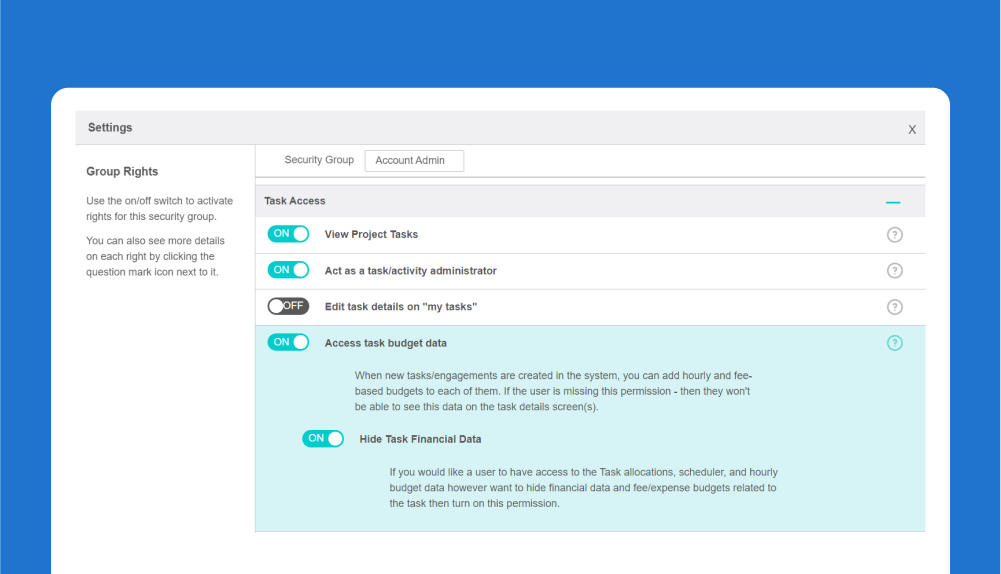
This guest blog post is written by Shane Anastasi, CEO and Founder of PS Principles.
In 2020, services firms moved almost all project meetings online, and participants are potentially more distracted than ever. A combined work and home environment, kids jumping on couches, etc. With this change, we decided to upgrade our “Running Effective Project Meetings” class in response to the shift. During the process, I found myself intrigued with the human dynamics of a meeting and how we can influence those dynamics to achieve better outcomes.
In a two-part series, I’ll walk through our latest version of the effective meeting framework and then describe how specific types of project meetings can make use of different decision-making models in order to be more effective. In this article, part one, I’ll show you how to run a successful project management meeting.
How to run an effective project meeting
The first, and often forgotten, rule of effective meetings is “make sure a meeting is necessary.” The statistics about the number of unnecessary meetings are staggering, and it’s only gotten worse in the current work-from-home environment. Hence, the best advice for running effective meetings is to eliminate the ineffective ones. Products such as Slack, Teams, and Messenger all offer a way to converse and then agree with a group of people without having a meeting.
Train your project managers to think of the human effort that goes into every meeting as well as the outcomes they are trying to achieve. If the same outcome can be achieved via a messaging technology, then it should be. It’s faster, less expensive, and less time-consuming.
While there are plenty of meeting frameworks your teams can use, we promote one that incorporates a project-specific focus. We called it, TORQUE.
1. Timeliness
Ensure that meetings are scheduled, start and finish on time and that enough time has been allocated to achieve the meetings objectives. Consider shortening as many meetings as you can to 30 min. Minute-for-minute, they are often more effective because of the time constraint.
2. Outcomes
Ensure your meeting’s objectives are stated as outcomes. While an objective of a meeting might be to “Investigate and discuss the requested changes,” it is much better to set the proposed outcome of, “Agree a position on the requested changes.” This helps people stay focused on achieving the outcome, not following the objective.
3. Requisite Information
Meetings can be made much shorter if everyone is already on the same page about specific data. Making certain information “required reading” prior to a meeting can help this greatly. One note of warning, executives are notoriously bad at actually reading the requisite information.
4. Quorum
The word, “Quorum”, was created in order to distinguish the required members of a meeting from the rest of those who were also invited. Without the “Quorum” being present, a meeting should be rescheduled. This was true in 1610 (when the word was first recorded) and it remains true today.
5. Urgency
On all customer-facing projects, time is of the essence. Hence, “Urgency” represents a need to push for outcomes rather than deferring them. That project plan never included another meeting to complete what we failed to achieve in this one. Let’s avoid the additional billable time and get it done now!
6. Execution
When wrapping up a meeting, it is critical to agree how the outcomes reached will get executed. This includes typing up minutes but also having an execution plan of who will do what and by when.
Tips for better meeting management
Follow these steps at the beginning, middle and end of the meeting to ensure you’re getting the most out of your meeting.
Good Beginnings
- Get permission to record the meeting. Recorded project meetings are the best way to capture important project decisions and orient future staff.
- State the desired outcome of the meeting and get agreement on the timeline required to achieve it.
- Confirm the quorum is present, and if not, reach out to the missing person to get permission to proceed without them (and obtain a delegate). If the modified quorum is not present, then the meeting should be rescheduled.
- Introduce everyone on the call and make sure they are clear about their role and responsibility with respect to the topic and desired outcome of the meeting.
- Ask everyone on the call to limit distractions including other applications that may be open during the meeting. This is the #1 generator of ineffective meeting time, and it is largely outside the control of the meeting organizer.
During the Meeting
- Stay focused on project scope. What part of the project’s scope are we impacting in this meeting? What’s the desired outcome? How will achieving this outcome impact the success of the project?
- Get agreement on outcomes. Was agreement unanimous? If there was dissent, capture it. These kinds of things can be very helpful for you to remember later on.
- Keep track of time. Start on time. Keep it moving. Finish on or before time so people can get to their next meeting. Respecting other people’s time is one of the most courteous things you can do while starting late or running long, is close to the worst.
- Be patient if people are distracted by environmental challenges. We all get them at some time or another. I recently had a 3-year old start screaming that he needed his bum wiped during a 40-person training class. Sometimes, life gets in the way and we need to adapt.
After the Meeting
- Send out meeting minutes. Circulating minutes seems to be a skill that people have forgotten. I wish it was because we’d found a better way to disseminate the necessary meeting information, but we haven’t, so do them.
- Store the location of the recorded meeting. It is important for future reference.
- Kickoff the Execution Plan. Make sure everyone who has an action in the meeting’s execution plan knows their role. Even if they were on the call. There is a 50/50 chance they were telling their kid to get off the couch when they were assigned and agreed to it.
- Follow-up on the completion of the Execution Plan. Just because someone took an action doesn’t mean they are doing it. If they do not, then the project may miss a deadline and that’s what we are trying to proactively avoid.
A lot of this will be familiar to your project managers, but some version of this project-specific meeting framework will elevate every customer-facing meeting your team schedules. And, once all your client-facing meetings follow the same basic format, you’ll get much better feedback to questions like “how did the meeting go.”
Now, with this framework in place, part two will focus on the four specific types of project meetings and how we can apply specific decision-making processes to achieve more effective outcomes.
Want to learn more about keeping your team on track? Read 5 Tips for Staying Productive While Working Remote next.
About Shane Anastasi
Software & Professional Services Executive, Professional Services Speaker and Author, Software Entrepreneur. Having worked around the world for giants such as IBM, SingTel and Salesforce as well as played significant leadership roles in successful startups like Vignette, BigMachines, Simplus and CirrusOne Shane is a creative thinker, with strong determination to achieve successful outcomes. Shane is currently the CEO and Founder of PS Principles an organization focused on helping service providers and their customers achieve more successful outcomes from implementation projects. His company is helping the world’s leading enterprises change the way they look at project delivery in order to find a greater return on their project investment.




